1. The Jetsons Predicted Video Calls
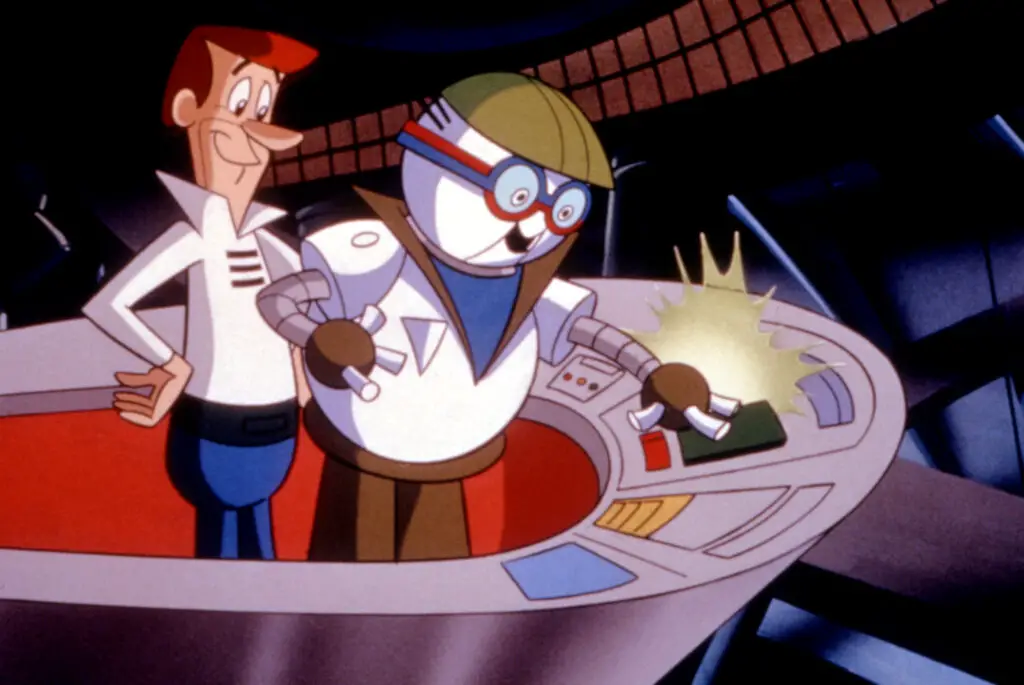
Back in the ’60s, when The Jetsons aired, the idea of seeing someone on a screen while you chatted with them seemed like pure science fiction. But the show had George Jetson regularly calling his boss via video screen, which is eerily similar to how we Zoom and FaceTime today shares Smithsonian Magazine.
What once seemed like a futuristic dream is now part of our daily routine, especially post-2020. Whether it’s a work meeting or a call with Grandma, we’re all basically living like the Jetsons. They even showed people being concerned about how they looked on camera, which is incredibly relatable. The tech may look sleeker now, but the concept is spot on. It’s wild to think the animators were that forward-thinking. Or maybe they were just really good guessers adds Business Insider.
2. Star Trek Predicted Cell Phones
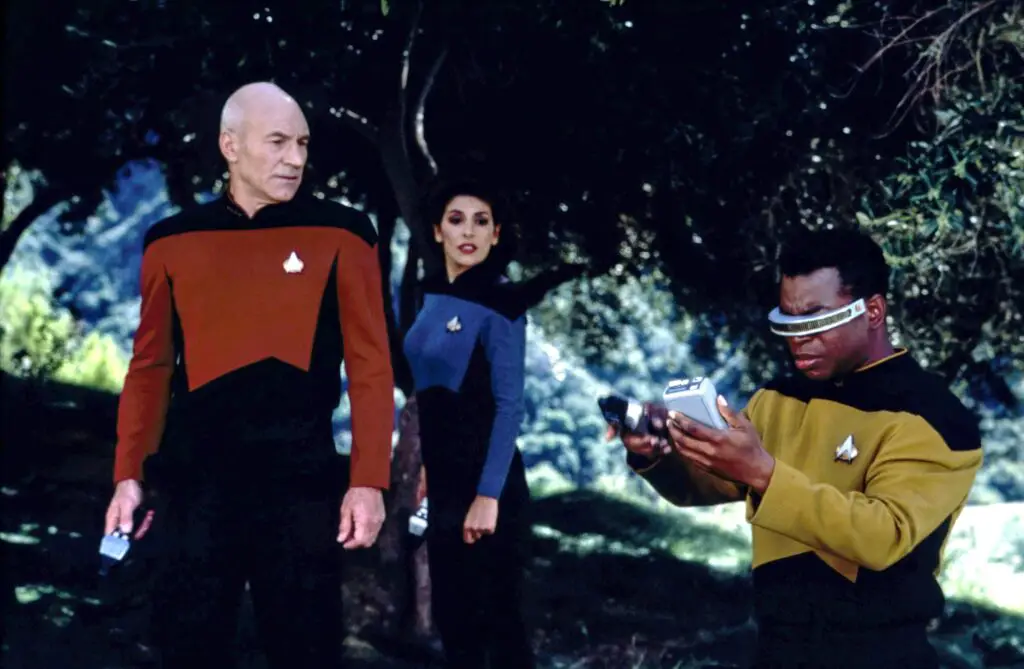
In the original Star Trek series, Captain Kirk and crew used flip-open communicators that looked suspiciously like early Motorola cell phones. When those first flip phones came out in the late ’90s, fans instantly saw the resemblance adds Go2Tutors.
Gene Roddenberry’s vision of future tech was more accurate than anyone could’ve expected. The idea of carrying around a portable communication device was radical back then. Today, we can’t leave the house without ours. It wasn’t just the shape—it was the idea of talking to someone from anywhere. That was revolutionary. Now it’s so normal, we forget how futuristic it once seemed says CBC.
3. The Twilight Zone Predicted AI Takeovers
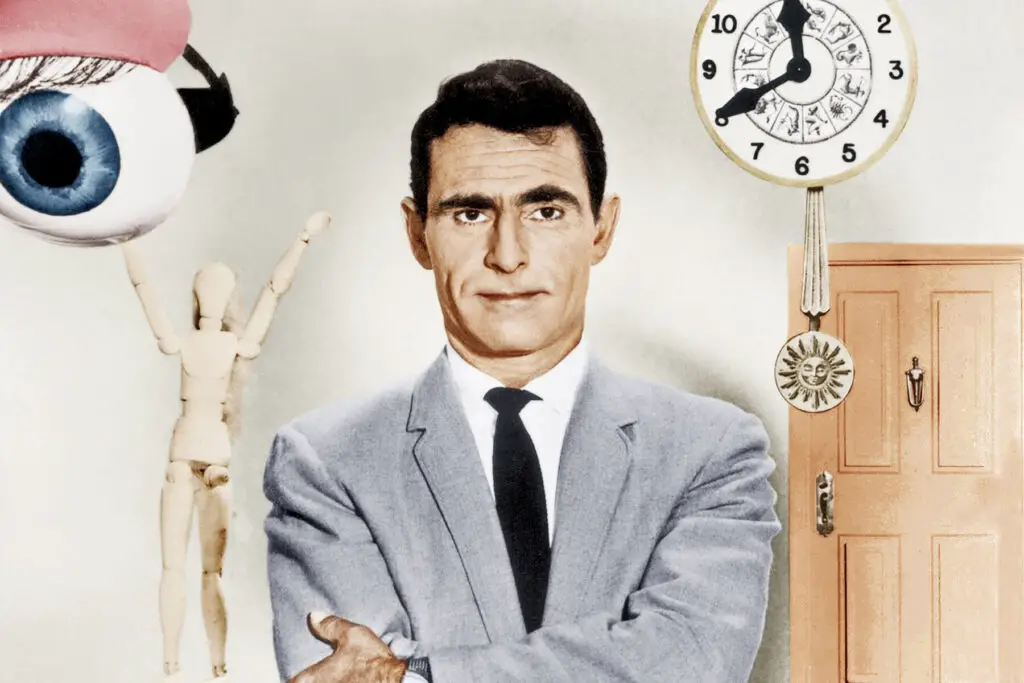
In a 1964 Twilight Zone episode called “The Brain Center at Whipple’s,” a factory replaces its human workers with machines. The twist? The man responsible ends up being replaced too, showing the danger of relying too much on technology.
Fast forward to today, and we’re having serious conversations about AI replacing jobs. While the machines aren’t quite sentient (yet), automation is already changing industries. Rod Serling had a knack for tapping into future fears with eerie precision. That episode doesn’t feel like fiction anymore—it feels like a warning. And a pretty accurate one. Watching it now gives you chills for all the right reasons.
4. Gilligan’s Island Predicted Solar Power
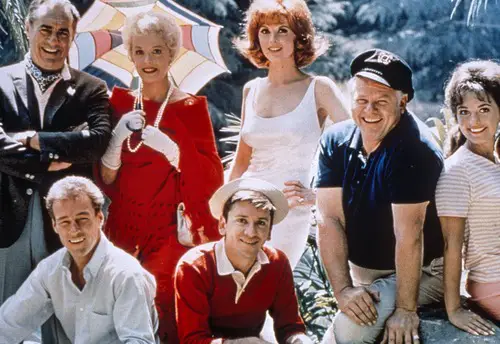
One of the odd little running gags on Gilligan’s Island was the Professor making gadgets out of coconuts and bamboo. But in a few episodes, he also created makeshift solar-powered devices, including a washing machine and radio.
At the time, solar energy was more of a niche scientific concept than a real-world solution. Today, solar panels are on rooftops all over the world. The Professor’s creative inventions were meant to be funny, but they ended up being ahead of their time. He saw the potential of sustainable energy before most of us did. It’s a fun reminder that even silly sitcoms can stumble into genius. Or maybe he really was that smart.
5. Get Smart Predicted Smartwatches
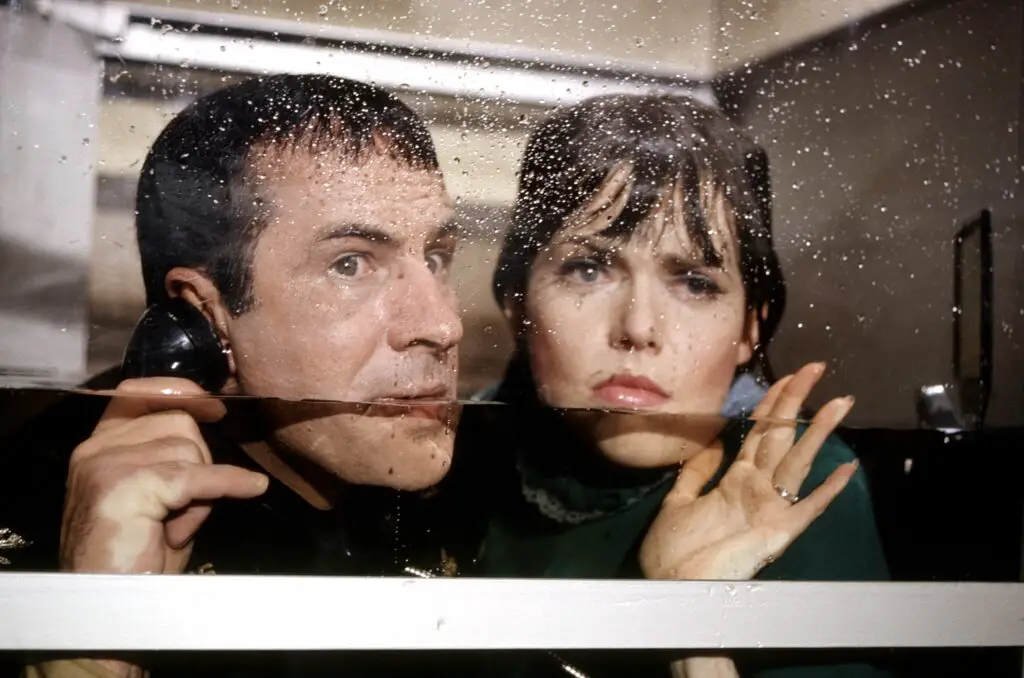
In the ’60s spy comedy Get Smart, Maxwell Smart had a phone built into his shoe. But even more surprisingly, his fellow agents sometimes used wrist-based communicators that look a lot like today’s smartwatches.
It was a gag back then—talking into your wrist!—but now it’s a completely normal way to answer a call or check your messages. While no one’s using them to fight KAOS (as far as we know), Apple Watches and similar devices are everyday tools. The show was making fun of the absurdity of techy spies, but ended up predicting real wearable tech. It’s funny how comedy can sometimes be prophetic. And even though Max was always bumbling, he was oddly ahead of the curve. Maybe he wasn’t so clueless after all.
6. Batman (1966) Predicted GPS
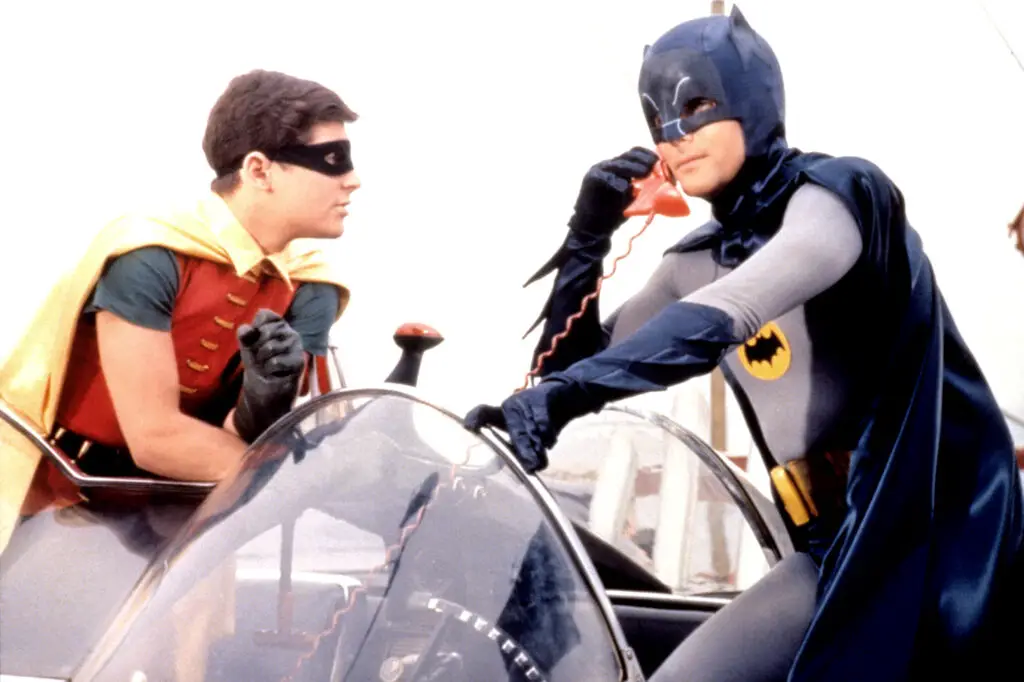
Adam West’s Batman was all about those over-the-top gadgets, and one of them was a car navigation system that told him exactly where the villains were. Sound familiar?
Today, GPS is a staple in every car and phone. Back then, it seemed impossibly advanced for a car to know where to go. The Batmobile’s tracking system was pure comic book fun, but it paved the way for how we imagined navigation could work. Now we’re annoyed if our GPS takes a few seconds to reroute. It’s hard not to laugh thinking Batman had it first. And he didn’t even need to update his maps.
7. The Dick Van Dyke Show Predicted Remote Work
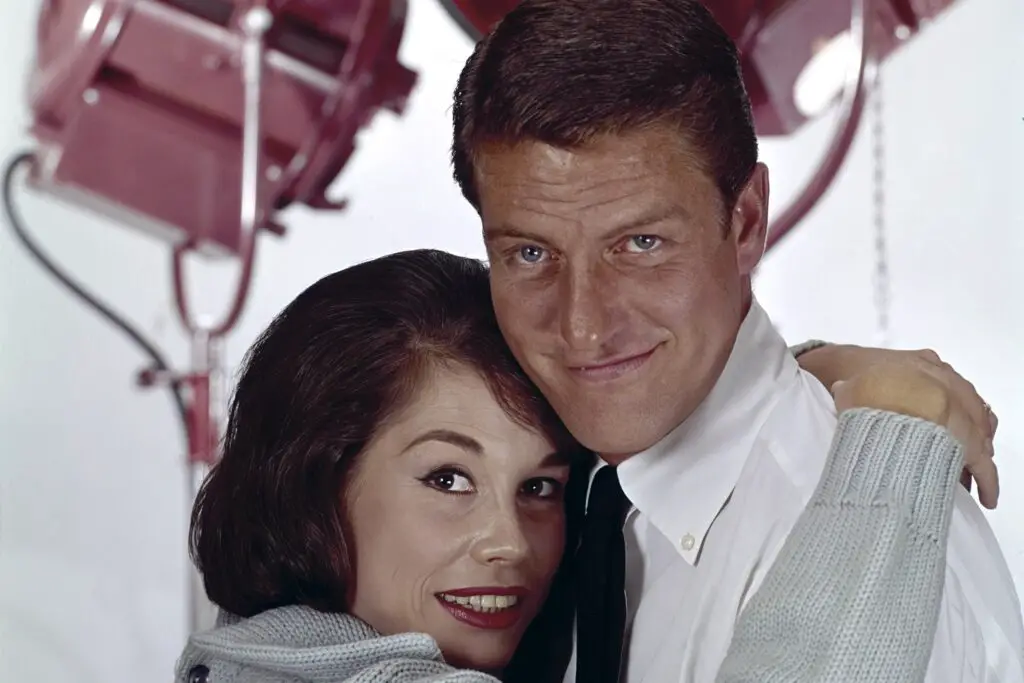
There’s an episode of The Dick Van Dyke Show where Rob Petrie works from home as a comedy writer, even taking meetings over the phone in his bathrobe. At the time, it was just a quirky sitcom plotline.
Now? That’s a Tuesday for a lot of people. Remote work has become a staple in many industries, and Rob’s home office setup doesn’t look too different from ours. The show unintentionally highlighted the work-life balance challenges and interruptions that come with working from home. It’s oddly comforting to see that even back then, people dreamed of avoiding the office. And they even nailed the part about staying in pajamas.
8. M*A*S*H Predicted PTSD Awareness
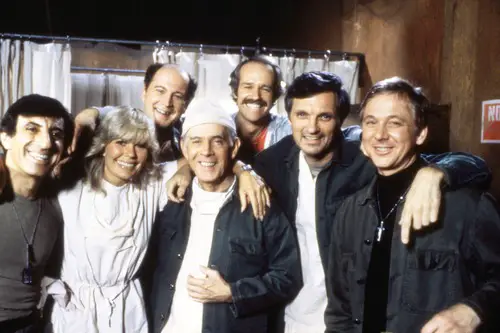
While M*A*S*H was set during the Korean War, it often tackled emotional issues that wouldn’t be openly discussed for decades, including what we now understand as PTSD. Characters like Hawkeye and BJ dealt with nightmares, breakdowns, and emotional trauma in a way that felt real.
At the time, soldiers weren’t encouraged to speak up about mental health. But M*A*S*H gave viewers a glimpse of what war really did to people, even if it was wrapped in comedy. It brought humanity to a subject most shows avoided. Today, we recognize those symptoms as classic PTSD. The show helped open the door for those conversations. And it did it with empathy and heart.
9. The Mary Tyler Moore Show Predicted Women Leading Newsrooms
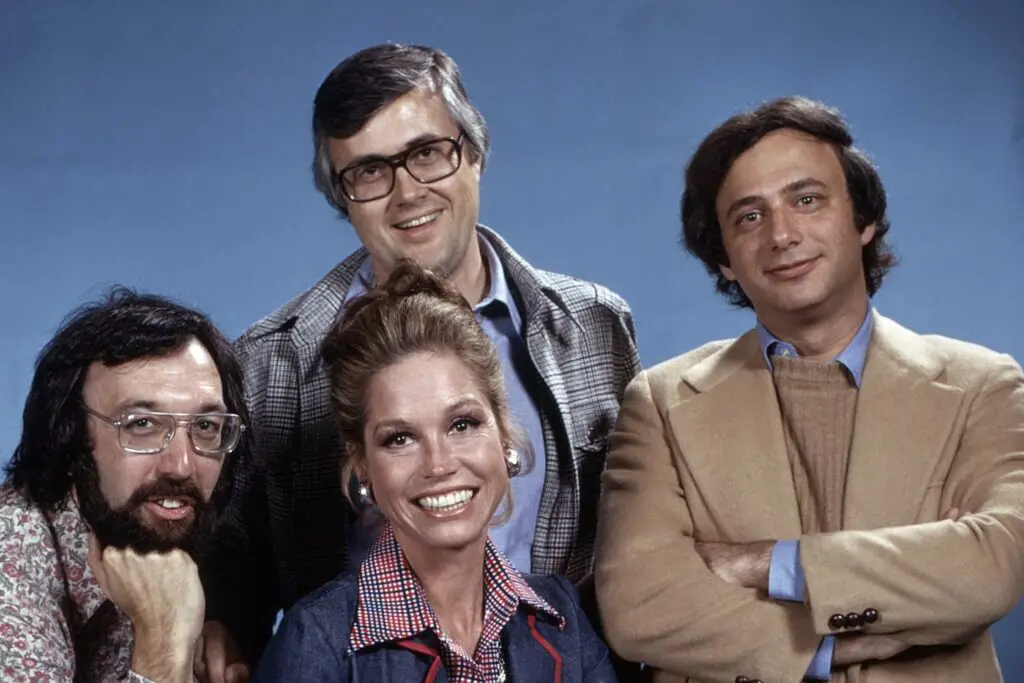
Mary Richards wasn’t just a working woman—she was thriving in a male-dominated newsroom. When the show debuted in 1970, that was a groundbreaking idea.
Now, women hold some of the highest positions in media. While the show wasn’t trying to predict the future, it inspired a generation of women to pursue careers in journalism. Mary was competent, confident, and didn’t need to be saved by anyone. Her story feels like a forerunner of the real-life progress that followed. Watching it now feels more relevant than ever. She truly did turn the world on with her smile—and her ambition.
10. I Dream of Jeannie Predicted Smart Homes
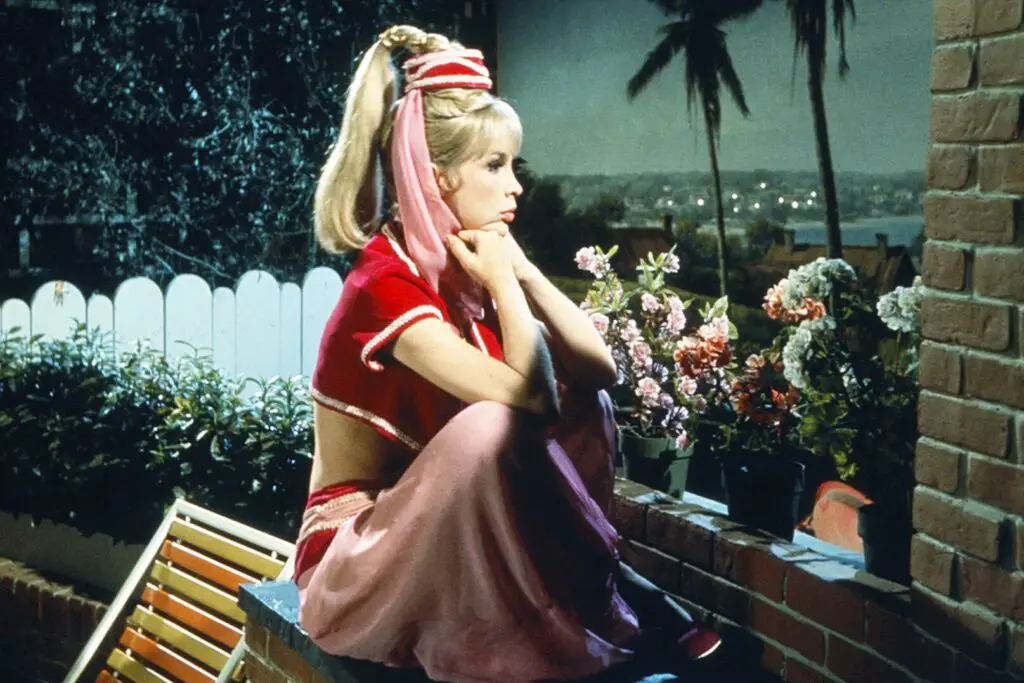
Jeannie could control everything in Major Nelson’s house with a blink or a nod. Lights turned on, doors opened, music started—all hands-free.
While hers was magic, today we do the same thing with voice assistants like Alexa or Siri. Smart homes can dim lights, adjust thermostats, and play music on command. The ease and convenience Jeannie brought is something we now expect from our technology. Sure, she had a ponytail and a bottle, but she was basically the first smart home hub. Who knew a genie would set the standard? Maybe tech companies owe her royalties.
11. The Brady Bunch Predicted Blended Families

In the late ’60s, a show about a man with three sons marrying a woman with three daughters was considered unconventional. But The Brady Bunch helped normalize the idea of blended families on television.
Today, blended families are incredibly common, and the show looks more like reality than novelty. While the Brady house may have been unusually cheerful, the premise was ahead of its time. It showed that love and understanding could make any family work. The growing pains were real, and so was the humor. They were just like us—only with better hair. And a really cool staircase.
12. All in the Family Predicted Culture Wars
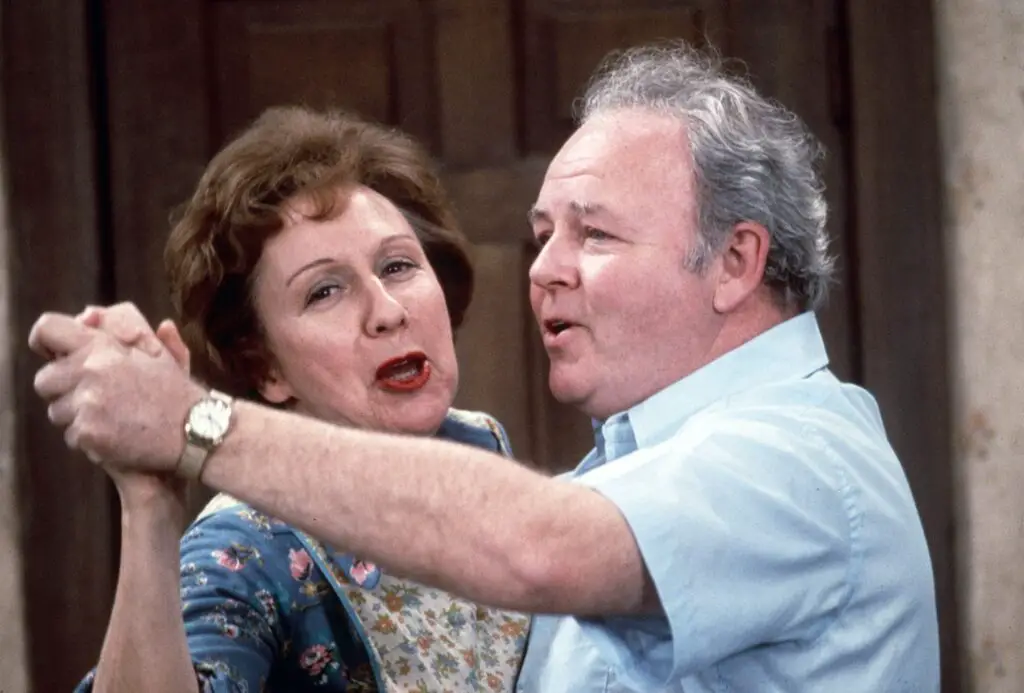
When All in the Family premiered, Archie Bunker was a loud, opinionated man resistant to change. His clashes with his liberal son-in-law touched on race, gender roles, politics, and more.
Those debates feel just as heated today. The show captured generational and ideological divides in a way that’s still relevant. Archie was both a caricature and a mirror to society. Watching it now, you realize how little some arguments have changed. It was bold, risky, and way ahead of its time. And it still sparks conversations over dinner tables everywhere.
13. The Outer Limits Predicted Cybersecurity Threats
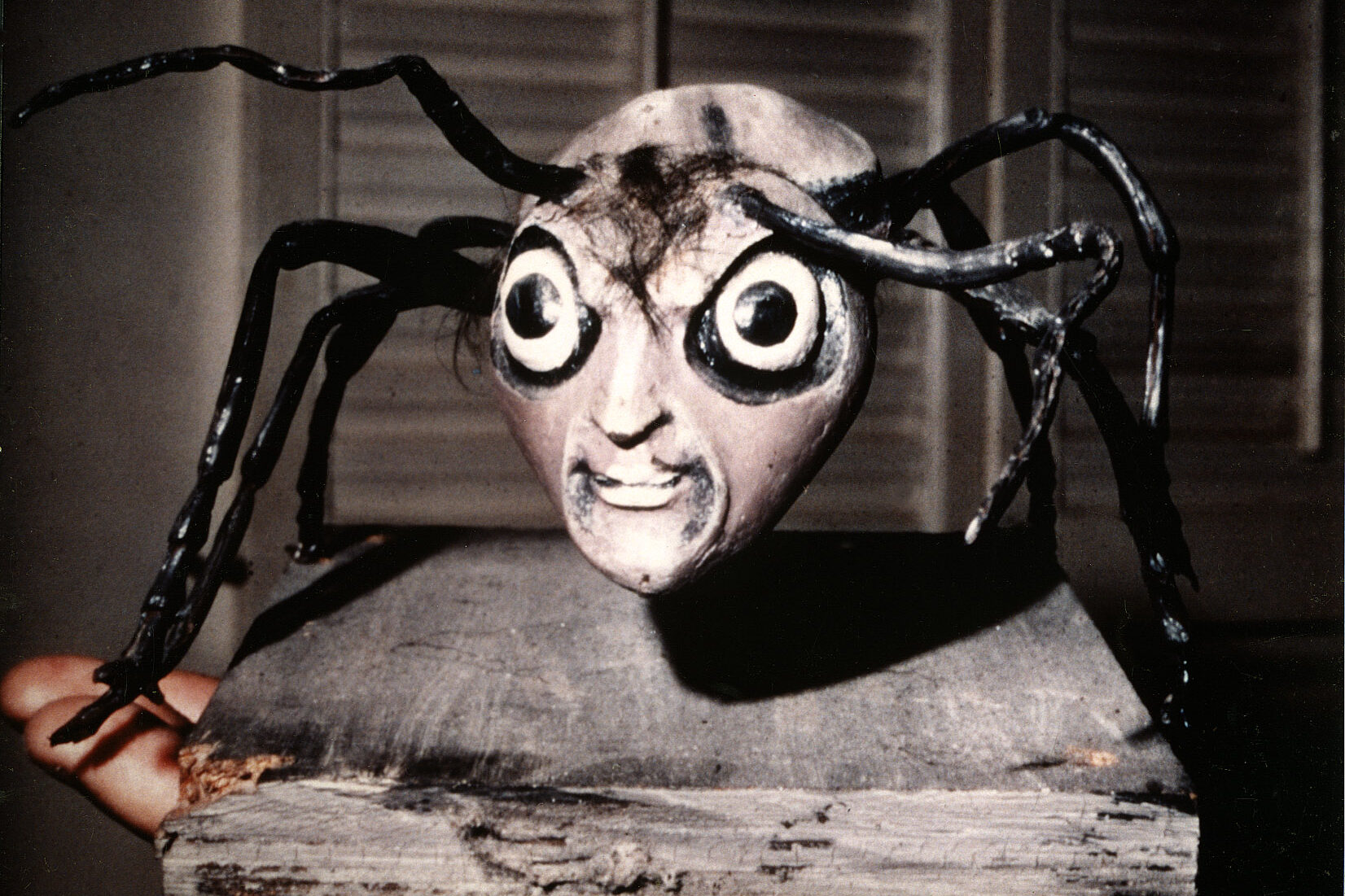
In a 1964 episode titled “The Duplicate Man,” a man uses illegal cloning technology and winds up being targeted because of it. While cloning isn’t quite mainstream, the idea of tech being misused and turning on its creator definitely rings true.
Think about today’s concerns with hacked data, digital identity theft, and deepfakes. The episode was really about losing control over the things we create. The Outer Limits made that feel terrifying and plausible. The ethical dilemmas they explored are ones we’re still debating. It’s no longer science fiction—it’s policy and politics. And somehow, that show saw it coming.
14. Bewitched Predicted Women Juggling Work and Home
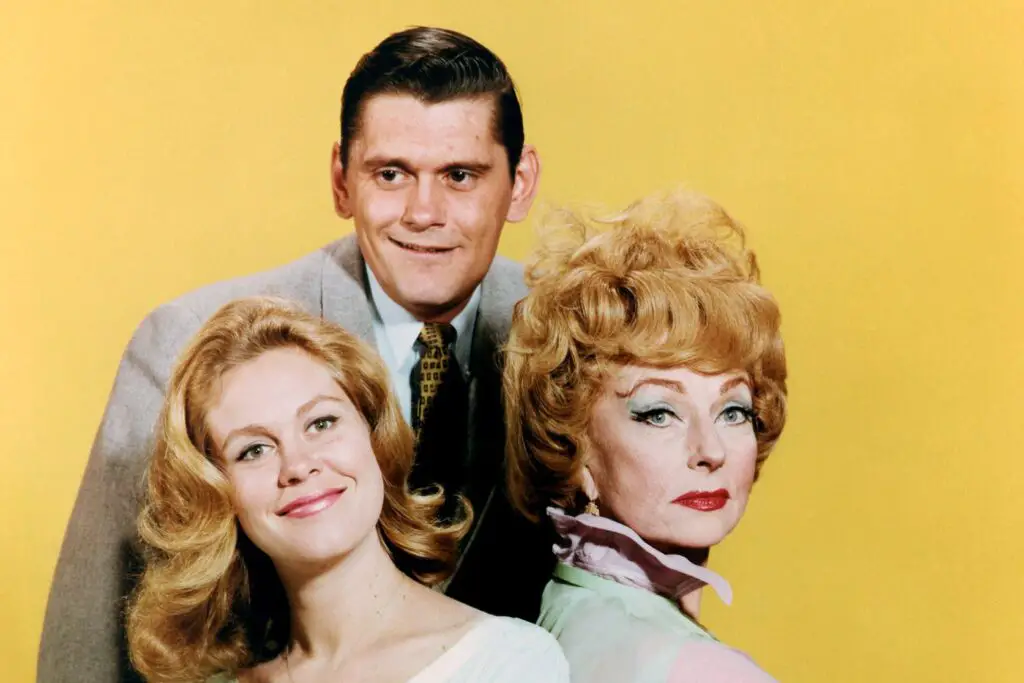
Samantha was a witch, yes, but she was also a housewife trying to balance family, identity, and career-like responsibilities. She often downplayed her powers to “fit in,” which mirrored the real struggle of women trying to juggle roles in a rapidly changing society.
While magic was her metaphor, the themes were very real. Women today still face pressure to do it all, and Bewitched touched on that in surprisingly thoughtful ways. The tension between personal power and public expectation is still alive. Samantha made it look easy (with a nose twitch), but the message was deeper. She paved the way for conversations about gender roles long before it was common. And she did it all in heels.
